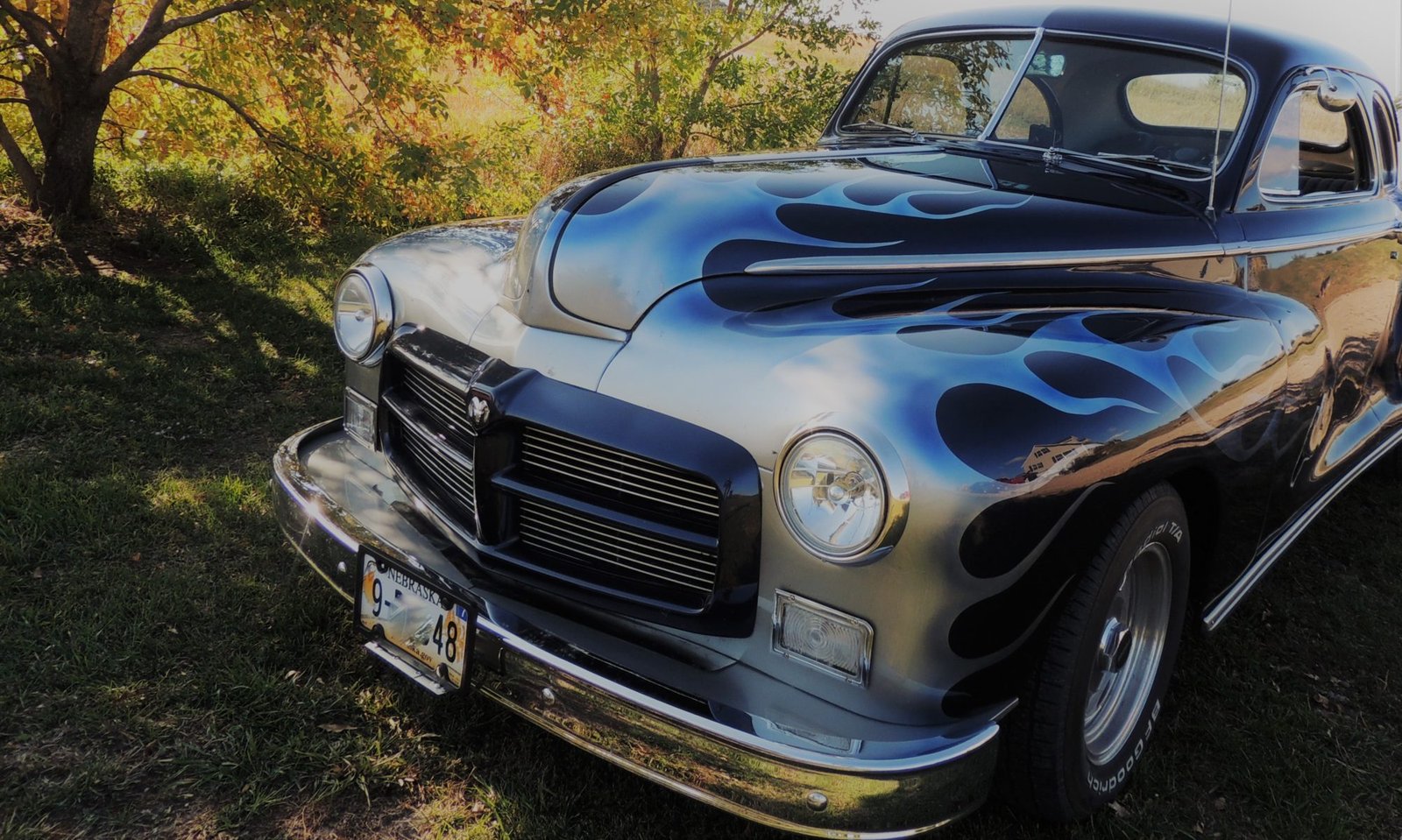You know how you sometimes have to buy a whole box of stuff to get that one thing you want at an auction? That often happens to me, and the result is a whole lot of research to figure out what I have. Several years ago, I bought one of those boxes, and this light was at the bottom of it:

I had no idea what it was, but it was marked with a part number so at least I had a starting point. Thanks to an ebay seller in Great Britain, I was finally able to confirm that this light was original to . . . . . a B-24 Liberator bomber! How it ended up in a box of old car parts, I have no idea.
My British purchase was a B-24 parts manual. According to that manual, each part begins with “32” followed by a letter such as “W” for “Wing”. My light is marked with “32E-1242-2”, and I found it in the Electrical section where it is identified as “lamp assy”. I also found this picture on the internet:

The B-24 was a heavy bomber that measured 110 feet from wingtip to wingtip and 67 feet 4 inches from nose to tail. It had four 1200 hp air-cooled engines and could fly 300 mph and 3000 miles non-stop. Why is all this being included on an American car history blog? It actually fits right in because there is a good possibility that my light was manufactured by none other than Henry Ford. The famed Ford Motor Company assembly line rolled out B-24s from 1942 to 1945. There is a short film that can be watched here called “The Story of Willow Run” and it goes into detail about this Ford Motor Company contribution to the war effort.

Willow Run was located in Michigan, west of Detroit near Ypsilanti. There, Ford built a massive aircraft plant that included an 11-acre warehouse with enough material to build 1,000 B-24s at any one time. The plant had a production force of as many as 42,000 employees and included a school with hundreds of instructors to teach them how to build the bombers. Fifty thousand workers graduated from this school and learned to manufacture and assemble the 1,225,000 parts that went into building each B-24. This specialized force was able to turn out a new bomber at the astonishing rate of one every 55 minutes! There were four other plants that built B-24s, but nearly half of the 18,493 produced were built at Willow Run.



















































